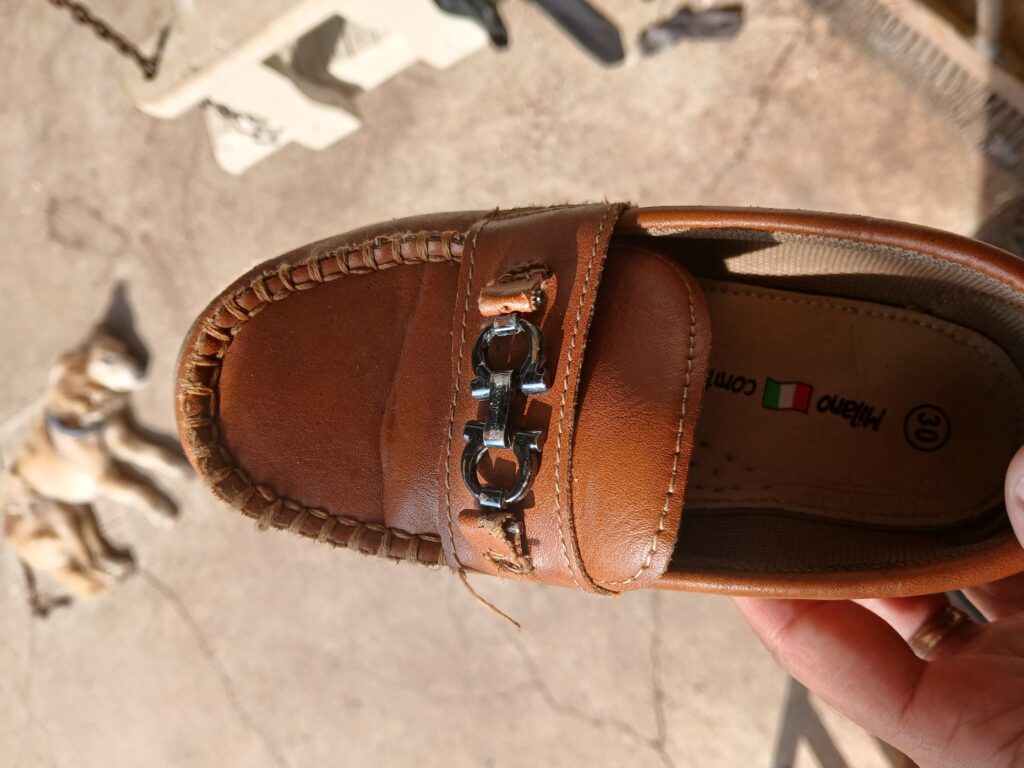I was speaking with someone about finances a few months ago and mentioned that I’ve kept our expenses pretty stable as our income has gone up. He told me I should relax and enjoy my life more.
That was a strange thing for me to hear and it didn’t resonate in the slightest. I’ve chosen a material standard that I’m comfortable with. I have a spacious home that allows me to host my married children comfortably. I have a car that runs well. I have plenty of food and clothing for my family. My bills are paid.
If there’s something I want, I get it. But I don’t have a lot of wants. We’ve created a life that I don’t want or need to take a vacation from, and I feel abundant with all aspects of my life. I’m not living in lack or denying myself by spending our money intentionally.
This person was expressing the position that if you make more, you should upgrade your life accordingly. This is what is called lifestyle creep, and why so many people will never get ahead. As they earn more, they feel they deserve a nicer car, a bigger home, more exotic vacations and eating out multiple times a month. They can have more, so they feel they should – and they upgrade accordingly.
They’re earning more, perhaps even substantially more, but they aren’t saving or investing significantly more. Lifestyle creep will cause someone to continue living paycheck to paycheck, regardless of how much money he earns.
Money management skills fall into two broad categories- earning money and managing what you have (spending/saving/investing). My personal definition of frugality is intentional spending. Intentional spending is an inherent part of managing your money, and why frugality skills are valuable to learn.
If someone has a low income and is frugal, he will maximize what he has and can meet his needs even when the numbers are tight. If he doesn’t, he’ll be in debt and live hand to mouth forever.
We easily could have been poor and gone into debt with our income level. When we had around seven children, the accountant preparing our taxes said although he worked in the Orthodox Jewish community, he wasn’t accustomed to seeing numbers like ours. While I experienced our income as comfortable, he couldn’t understand how it was possible that not only weren’t we in debt, but we had savings. He was intrigued and impressed when I explained It was about making choices as to how we spent our money.
Since I’ve been blogging for eighteen years, the choices we made aren’t a secret – I’ve shared a lot about that.
If a person has a higher salary and is careful about his money, he’ll manage well with more just as he managed with less. Someone who isn’t intentional with his spending and engages in lifestyle creep will often have lots of expensive toys but a minimum of savings and investments- and many times he’s in debt. I used to be shocked by high earners who have little in investments and are debt leveraged up to their eyeballs, but not anymore.
Learning to mange lifestyle creep is critical to getting ahead with your finances.
I am convinced that how we spend money isn’t exclusively about what our expenses are, but a deep reflection of our values and how we define our worth.
Why do we engage in lifestyle creep? What are we telling ourselves when we decide to upgrade? Do we see ourselves as more successful or worthy people when we can buy or acquire more?
To be clear, I have no bone to pick about upgrading your life and am not suggesting that no one should ever have nicer things when they have the financial capacity for it. I strongly believe that everyone should spend his money in the way that brings him the most value. There are things I can now afford to do that I couldn’t do in the past, like pay for private speech therapy for my sons with special needs, and I’m so grateful I can do it.
I am advocating for intentionality and thoughtfulness about raising your level of spending. Learning to be content with what you already have and saying ‘no’ to lifestyle creep will be a big boost to your finances.
Avivah




